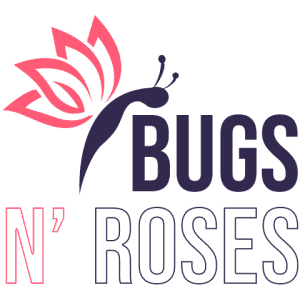Butterflies are beautiful, delicate creatures that can bring a spark of joy and wonder to any garden. But with so many different types of butterflies around the world, it can be hard to know which species is best for raising in your own backyard.
Monarch butterflies (Danaus plexippus) are among the most popular species for raising due to their bright orange and black wings and migratory behavior. The monarch butterfly is also one of the easiest to maintain.
The best butterflies to raise are those that are easy to care for, have striking colors, and do not require specialized habitats.
What are the best butterflies to raise?
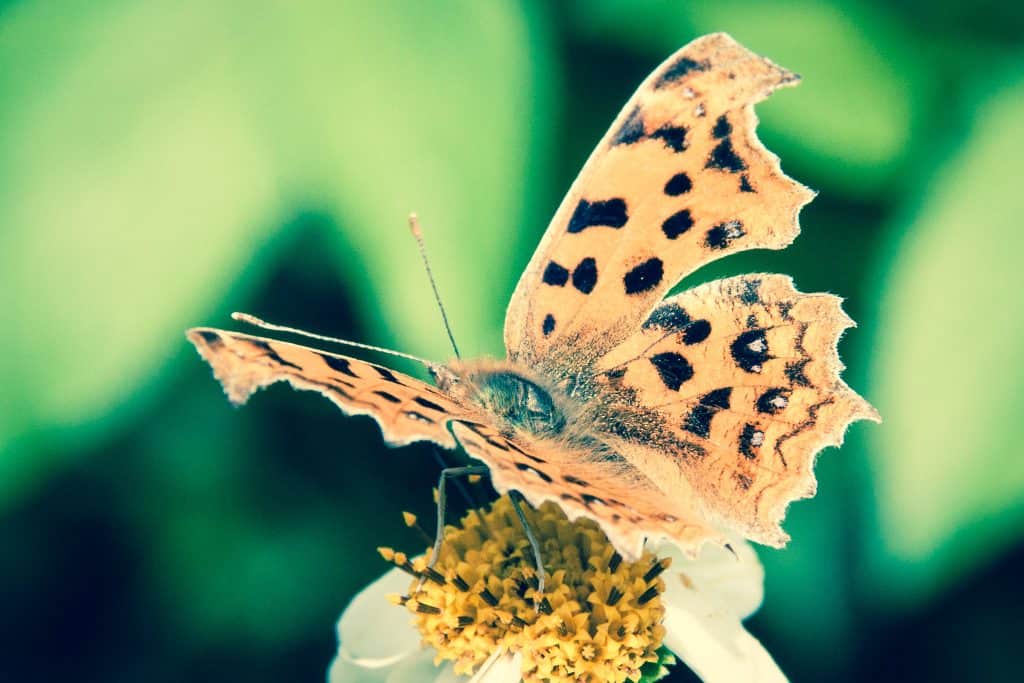
For those who are looking for a unique way to enjoy nature and appreciate the beauty of butterflies, raising monarchs is a great choice! Not only are they eye-catching, but their migratory behavior makes them a fascinating subject for butterfly enthusiasts.
In addition to monarchs, other popular species for raising include the painted lady (Vanessa cardui), Swallowtail Butterfly (Papilio machaon), and Zebra Longwing (Heliconius charitonius). These types of butterflies are known for their vivid colors, striking patterns on their wings, and long-lived nature.
When it comes to raising butterflies, the key is to provide an ideal habitat with all the necessary supplies. Depending on the species, you may need to invest in a screened-in shelter or netting to keep your butterflies safe from predators. It’s also important to provide a food source for the butterflies, such as fruit slices, leaves, and flowers. Finally, you’ll need to consider what type of temperature and humidity levels are best for the species of butterfly you’re raising.
Types & Characteristics of Butterflies to raise
Monarch Butterfly (Danaus plexippus):
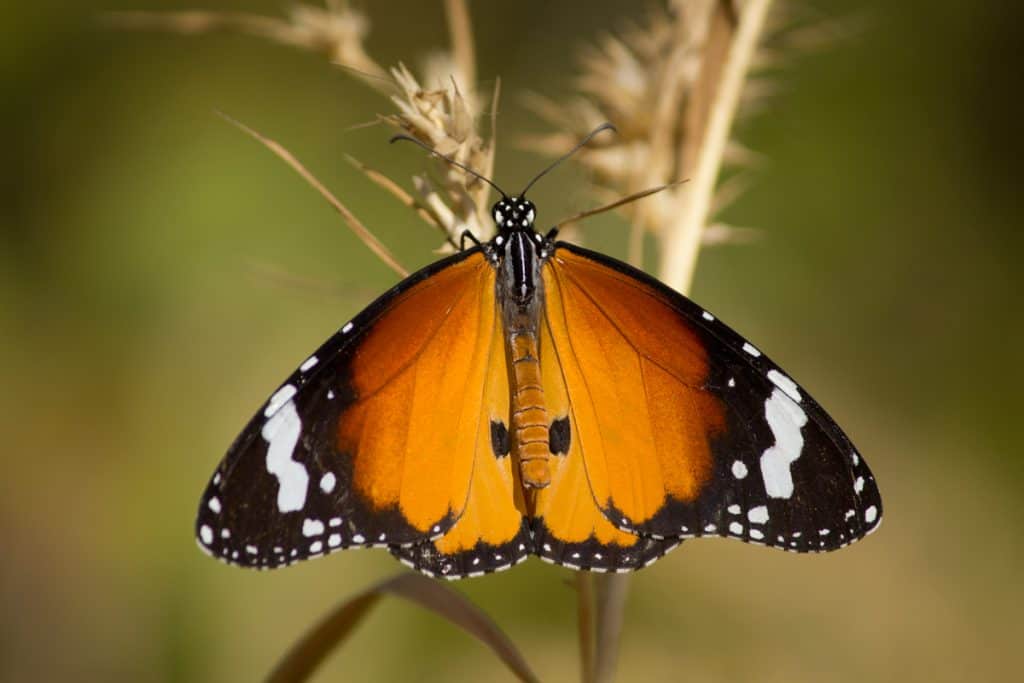
Characteristics:
The Monarch Butterfly (Danaus plexippus) is a beloved species with striking orange and black wings. They have a wingspan that ranges from 3.3 to 4.8 inches (8.5-12 cm).
On the upper side of their wings, there are several chevron-shaped markings in shades of orange-brown and white as well as a black border.
On the underside of their wings, there may be several small eyespots surrounded by white rings.
Monarchs can be found throughout North America—from Canada all the way down to Mexico! They feed on nectar from milkweed flowers, often found in open fields or meadows.
Monarchs are also well known for their long migrations—each year they travel up to 3,000 miles across North America as they search for suitable habitats and food sources!
Life Span: Typically 2- 6 weeks
Ideal Temperature: between 59-86°F (15-30°C) during the day and between 50-75°F (10-24°C) at night
Swallowtail Butterfly (Papilio machaon)
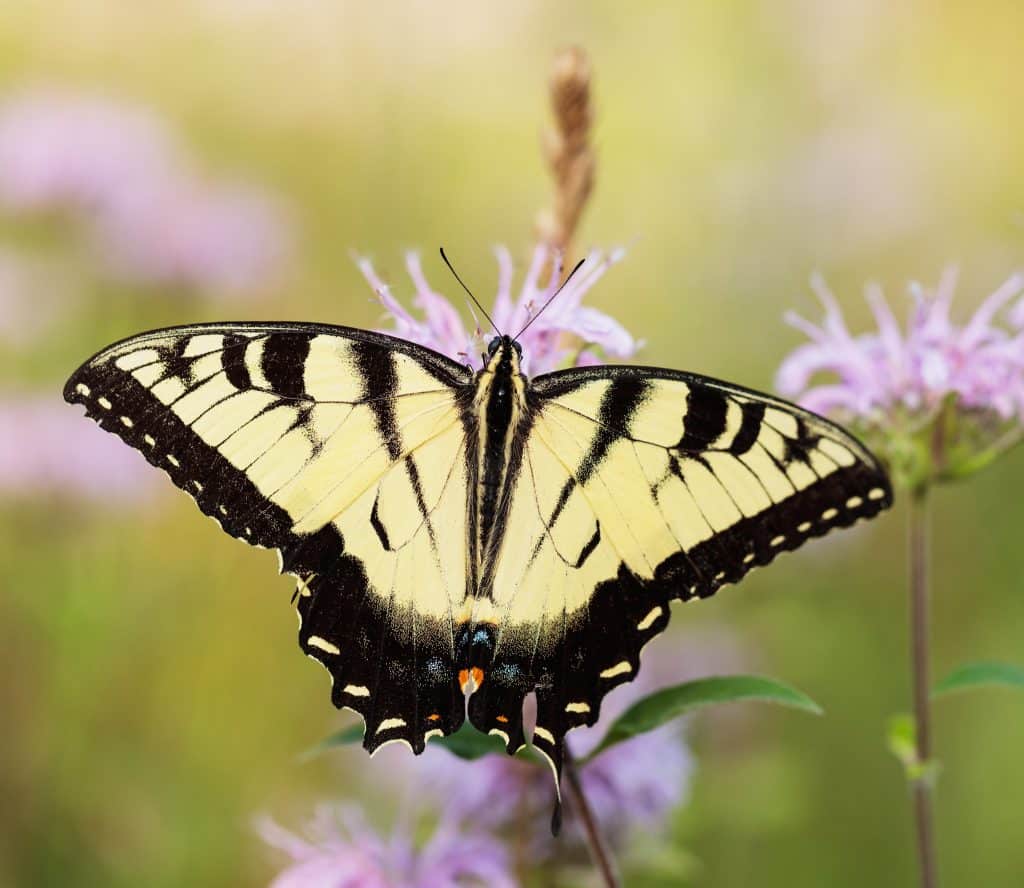
Characteristics:
Raising Swallowtail butterflies is a great choice for those looking to add a bit of beauty and wonder to their backyard. Swallowtail butterflies are recognizable by their long “tails” and large wingspans. They can be found in a variety of colors and patterns, ranging from black and yellow to orange and white.
They often have extensive markings along the edges of their wings. Swallowtail butterflies typically feed on nectar from flowers, although some species also eat fruit or rotting flesh.
The wingspan of a swallowtail can range from 2.5 to 7 inches (6-18 cm). They are highly social species that typically prefer living in colonies. Swallowtails also have remarkable homing instincts, allowing them to find their way back to their colony even if they travel long distances away from it.
Life Span: Around 1 Month
Ideal Temperature: between 64-77°F (18-25°C) during the day and between 50-60°F (10-16°C) at night
Painted Lady Butterfly (Vanessa cardui)
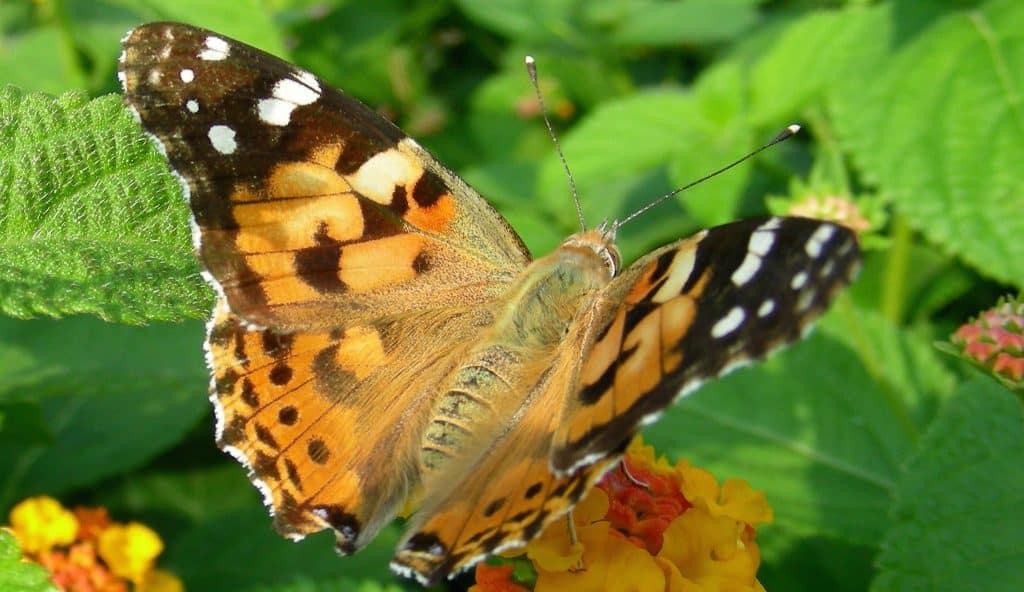
Characteristics:
The Painted Lady Butterfly (Vanessa cardui) is a beautiful species of butterfly that is known for its vibrant colors and intricate patterns on their wings. Painted lady butterflies are recognizable by their distinctive orange and black patterned wings. They have narrow wingspans that range from 1.6 to 2.87 inches (4 – 7.3 cm).
On the underside of their wings, they possess two yellow eyespots surrounded by pink and blue markings. Additionally, they have five separate sets of white spots on the edges of their wings which help them blend into the environment when in danger.
The painted lady butterfly is a migratory species, capable of travelling more than 300 miles in its lifetime. They are known to visit gardens in order to feed on nectar from flowers such as daisies and dandelions.
Life Span: 15 – 29 Days
Ideal Temperature: between 59-86°F (15-30°C) during the day and between 50-75°F (10-24°C) at night
Zebra Longwing Butterfly (Heliconius charithonia)
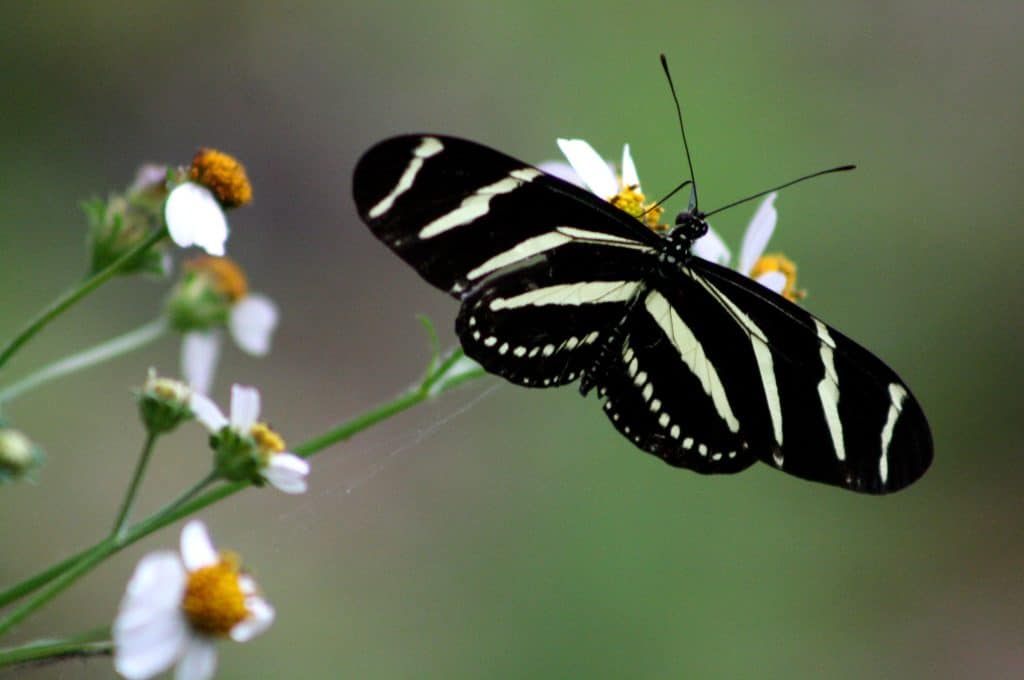
Characteristics:
The Zebra Longwing Butterfly (Heliconius charithonia) is a stunning species of butterfly that is renowned for its striking black and white stripes and unique wing shape. They can be identified by their unique black and white striped pattern on their wings. They have a relatively large wingspan, ranging from 2.7 to 3.9 inches (7-10 cm).
The undersides of the wings are yellow with black stripes extending outwards from the body in a starburst pattern. This species is considered tropical, and is found mainly in warmer climates such as Central America, Mexico and Florida.
The zebra longwing butterfly feeds mainly on pollen and nectar from flowers, although they also eat sap or rotten fruit when necessary. They are also known for their remarkable endurance, capable of flying distances of up to 200 miles without taking a break.
Life Span: More than a month
Ideal Temperature: between 64-77°F (18-25°C) during the day and between 50-60°F (10-16°C) at night
Red Admiral Butterfly (Vanessa atalanta)

Characteristics:
The Red Admiral Butterfly (Vanessa atalanta) can be easily recognized by their vibrant reddish-orange wings with black margins. They have wingspans that range from 1.75 – 3 inches (4.5 – 7.6 cm).
On the underside of the wings, they have a white band and several orange spots. They often rest with their wings held flat, which makes them look larger than they really are.
Red Admirals are most commonly found in North America and Europe, although they may also travel as far south as South America or even Africa. This species is especially attracted to thistles and nettles—they feed on the nectar and sometimes lay their eggs on these plants.
Unlike many other butterfly species, red admirals can even be seen flying during the winter months!
Life Span: 10 Months
Ideal Temperature: between 59-86°F (15-30°C) during the day and between 50-75°F (10-24°C) at night
Gulf Fritillary Butterfly (Agraulis vanillae)

Characteristics:
The Gulf Fritillary Butterflies (Agraulis vanillae) is a beautiful species with orange and black wings. They have a wingspan that ranges from 2.55 to 3.7 inches (6.5 – 9.5 cm), and their wings feature several silvery spots.
On the underside of the wings, there are rows of silver or gold spots, as well as a series of yellowish chevrons. This species can be found throughout North America, including the United States, Mexico and Canada.
They feed on both nectar and pollen from various flowers, often found in gardens or meadows.
Gulf Fritillary butterflies are also known for their long migrations—they may travel up to 800 miles searching for food and suitable habitats!
Life Span: 2-3 Months
Ideal Temperature: between 70-90°F (21-32°C) during the day and between 55-75°F (13-24°C) at night
Common Buckeye Butterfly (Junonia coenia)

Characteristics:
The Common Buckeye Butterflies (Junonia coenia) is a colorful species with orange, brown and white wings. They have a wingspan that ranges from 1.77 to 2.75 inches (4.5 – 7 cm).
On the upper side of their wings, they have eye-shaped markings in shades of orange-brown and white, giving them their name.
On the underside of the wings, there is usually a series of five or six black eyespots encircled by white rings. Common Buckeye butterflies can be found across North America as far north as Canada and as far south as Mexico.
They feed on flowers like milkweed and purple coneflower, often found in meadows and open fields. In addition to their beautiful colors, Common Buckeye butterflies are also known for their courtship displays, which involve male buckeyes flying high into the air and then diving back down again to attract females!
Life Span: 6 – 20 Days
Ideal Temperature: between 70-90°F (21-32°C) during the day and between 55-75°F (13-24°C) at night
Supplies Needed for Raising Butterflies
Raising butterflies can be a rewarding experience, but it’s important to have the right supplies and environment in order for them to thrive. In order to successfully raise butterflies, you’ll need to provide them with food sources that mimic their natural environment, such as nectar. Additionally, you’ll need a screened-in shelter or netting for protection from predators.
Here is a list of supplies that you might need for raising butterflies:
- Screened-in shelter or netting
- Food sources that mimic their natural environment (such as fruit, flowers, etc.)
- Temperature-controlled environment
- Fresh water source
- Host plants to support egg-laying and caterpillar homes
- Humidifier or misting bottle to maintain humidity levels
- A shallow container filled with damp soil
Creating the Ideal Habitat for Your Butterfly Colony
Creating the ideal habitat for your butterfly colony is an essential step towards successfully raising these beautiful creatures. By providing a safe and comfortable environment, you can ensure that your butterflies are healthy and thriving.
When it comes to providing adequate habitat for your butterflies, there are several things to consider. First and foremost, an appropriate shelter should be provided, such as a screened-in netting or housing. Additionally, the temperature should be controlled in order to provide optimal conditions for your butterfly family.
Furthermore, creating a food source is key when it comes to raising butterflies. Fruits, flowers, and other natural sources of nectar should be provided in order to ensure that your butterfly colony has a steady supply of sustenance. Additionally, you may want to provide them with damp soil or a shallow container filled with wet sand for butterflies to lay their eggs on.
Benefits and Challenges of Raising Butterflies
Raising butterflies can be a rewarding and enjoyable experience, as these captivating creatures come in a variety of shapes, sizes, and colors that bring a bit of beauty to any environment. Additionally, raising butterflies provides both ecological as well as educational benefits.
While raising butterflies can be an enjoyable and educational experience, challenges do exist. Predators are always a threat to butterflies, so it’s important to provide adequate protection. Additionally, temperature control is also essential in order to ensure that your butterfly colony is healthy and thriving.
Final Thoughts
In conclusion, there are many types of butterflies that make great candidates for raising. By ensuring the right supplies and habitat, you can create a safe and comfortable environment for your butterfly colony to thrive in.
Additionally, it is important to be aware of the potential challenges that come along with raising butterflies. Ultimately, by providing the ideal conditions for your butterfly family, you can ensure that these beautiful creatures bring joy to all who observe them!
Recent Posts
How Can I Create A Habitat For Skipper Butterflies In My Garden With 3 Easy Plants
Skipper butterflies are a diverse group of insects that are found all over the world. They are known for their quick, darting flight and their often colorful wings. Skippers are attracted to...
Common Species Of Butterflies In Maryland: 21 Unique Species
Maryland is home to a variety of beautiful butterflies, from the large and showy Eastern Tiger Swallowtail to the tiny and delicate Blue Dasher. There are over 150 species of butterflies in Maryland,...
